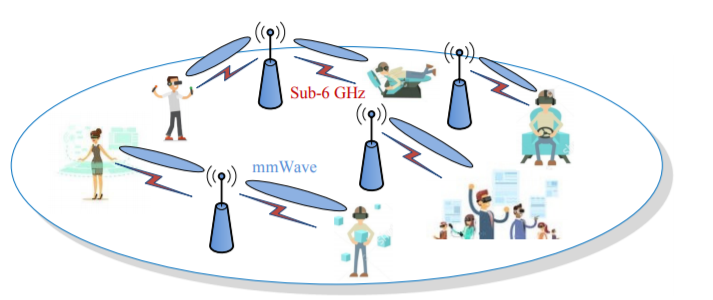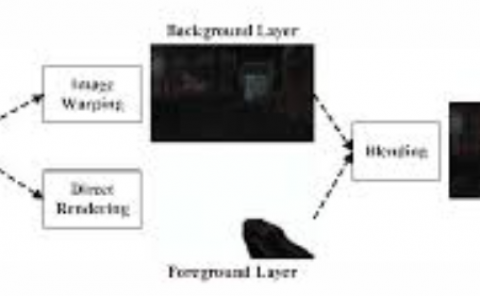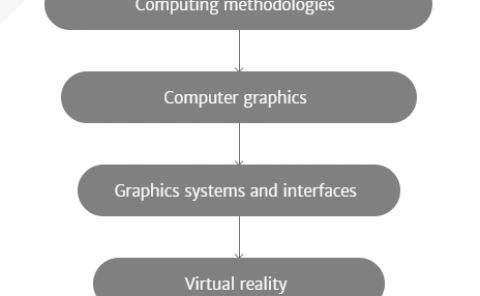Federated Echo State Learning for Minimizing Breaks in Presence in Wireless Virtual Reality Networks
PubDate: Sep 2019
Teams: Beijing University of Posts and Telecommunications; Chinese University of Hong Kong;Princeton University;University of Colorado Colorado Springs;Virginia Tech
Writers: Mingzhe Chen, Omid Semiari, Walid Saad, Xuanlin Liu, Changchuan Yin
PDF: Federated Echo State Learning for Minimizing Breaks in Presence in Wireless Virtual Reality Networks

Abstract
In this paper, the problem of enhancing the virtual reality (VR) experience for wireless users is investigated by minimizing the occurrence of breaks in presence (BIP) that can detach the users from their virtual world. To measure the BIP for wireless VR users, a novel model that jointly considers the VR application type, transmission delay, VR video quality, and users’ awareness of the virtual environment is proposed. In the developed model, the base stations (BSs) transmit VR videos to the wireless VR users using directional transmission links so as to provide high data rates for the VR users, thus, reducing the number of BIP for each user. Since the body movements of a VR user may result in a blockage of its wireless link, the location and orientation of VR users must also be considered when minimizing BIP. The BIP minimization problem is formulated as an optimization problem which jointly considers the predictions of users’ locations, orientations, and their BS association. To predict the orientation and locations of VR users, a distributed learning algorithm based on the machine learning framework of deep (ESNs) is proposed. The proposed algorithm uses concept from federated learning to enable multiple BSs to locally train their deep ESNs using their collected data and cooperatively build a learning model to predict the entire users’ locations and orientations. Using these predictions, the user association policy that minimizes BIP is derived. Simulation results demonstrate that the developed algorithm reduces the users’ BIP by up to 16% and 26%, respectively, compared to centralized ESN and deep learning algorithms.


